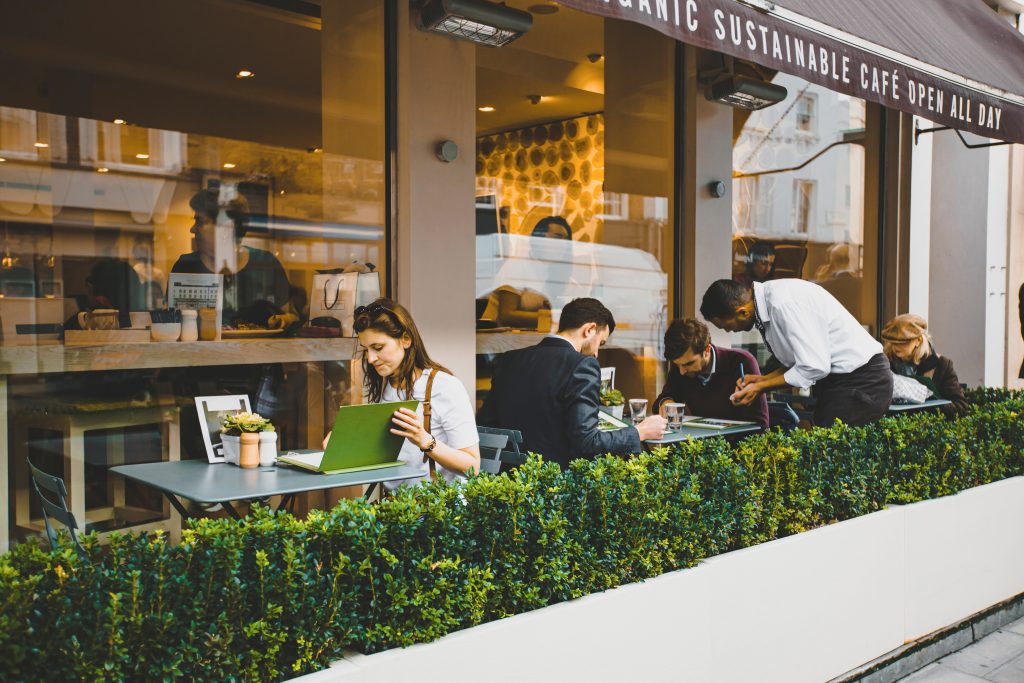
The year has kicked off with a promising start for the Australian hospitality industry. But following new working habits and consumption behaviours, there are some likely trends to stay for 2022:
- Contactless ordering and payment
No cash, no worries! The prominence of QR codes has significantly increased in the past 18 months thanks to mandatory venue check-ins. This acceptance into mainstream culture has opened a new and exciting channel for hospitality businesses to embrace.
This year, digital and EFTPOS payments are expected to be the dominant choice for customers in Australia. According to Lightspeed research, the number of payments made electronically, such as via debit cards and digital wallets like ApplePay, has increased by 127 per cent in Australia over the past 10 years. And according to Statista, the number of EFTPOS terminals in Australia has grown by 269 per cent since 1998, which further emphasises how consumers have steadily favoured cards and digital alternatives over cash payments. Did we mention its also more hygienic?
- Increased use of automation
To cope with staff shortages, businesses are turning to technology to help provide the workflow, consistency and the quality of product customers expect. Automation is expected to see a bigger uptake in market, with business owners looking to high-end equipment that requires less training and more productivity. This includes Super Traditional machines that blur the lines between traditional and super automatic machines such as the Eversys Cameo machine, automated milk texturing devices such as Ubermilk, La Marzoccos Wally, and Perfect Moose, and automatic tamping systems such as the PuqPress.
- Safety first
Café owners are not only looking at ways to replicate consistency, but also at ways to better protect staff in the workplace. The PuqPress is one such device that removes repetitive wrist strain. And machines like La Marzoccos KB90 and LaCimbalis M200 are also ergonomically crafted; the KB90 for its straight-in portafilter, and the M200 with its display screen and buttons in alignment with the baristas hand and eye movements to maintain best ergonomic practices at high volumes. Its an encouraging sign that manufacturers are studying barista needs and movements to ensure their lifespan in the profession is just as long as the machines they work on!
- Café fitouts changing casual dining
Modified shipping containers are becoming a popular café fit out for new businesses wanting to enter the market. They combine low costs, high visibility and capacity, and the opportunity for growth and upscale at a low cost all the factors companies like Container Concepts say is the making of a successful coffee business.
Many businesses are also exploring drive-through options and pop-up or mobile café solutions to take advantage of their flexibility and scalability.
They can be custom built to any configuration, and set up anywhere without high rental costs, and utilise easy-to-install drive-through point of sale and ordering systems.
Businesses are looking to increase their exposure and brand recognition with profitable options that werent available in the past with traditional fit outs. Its all about looking outside the box.
- Sustainability
The choice is in the hands of the consumer like never before. No longer is it enough to serve a quality-driven product, it must be backed by a sustainable ethos or transparent drive for social change. Customers are looking for responsible sourcing, local support, and plans to support social initiatives and reduce carbon emissions.
Transparency is the next step, with businesses being held accountable to their corporate social responsibility, cost of purchases and goals towards carbon neutrality.
Businesses are no longer staying silent about their sustainable campaigns and choices, theyre being vocal about their journey and proudly sharing their news as far as the socials can reach. This may include a switch to disposable plastics, new method to reduce unnecessary energy consumption, goals to reduce food waste, the choice of ethical producer of food and beverages, installing energy efficient lighting, and separating waste. It all matters, and collectively, these decisions are driving the hospitality industry to new standards and setting a benchmark for others to follow.